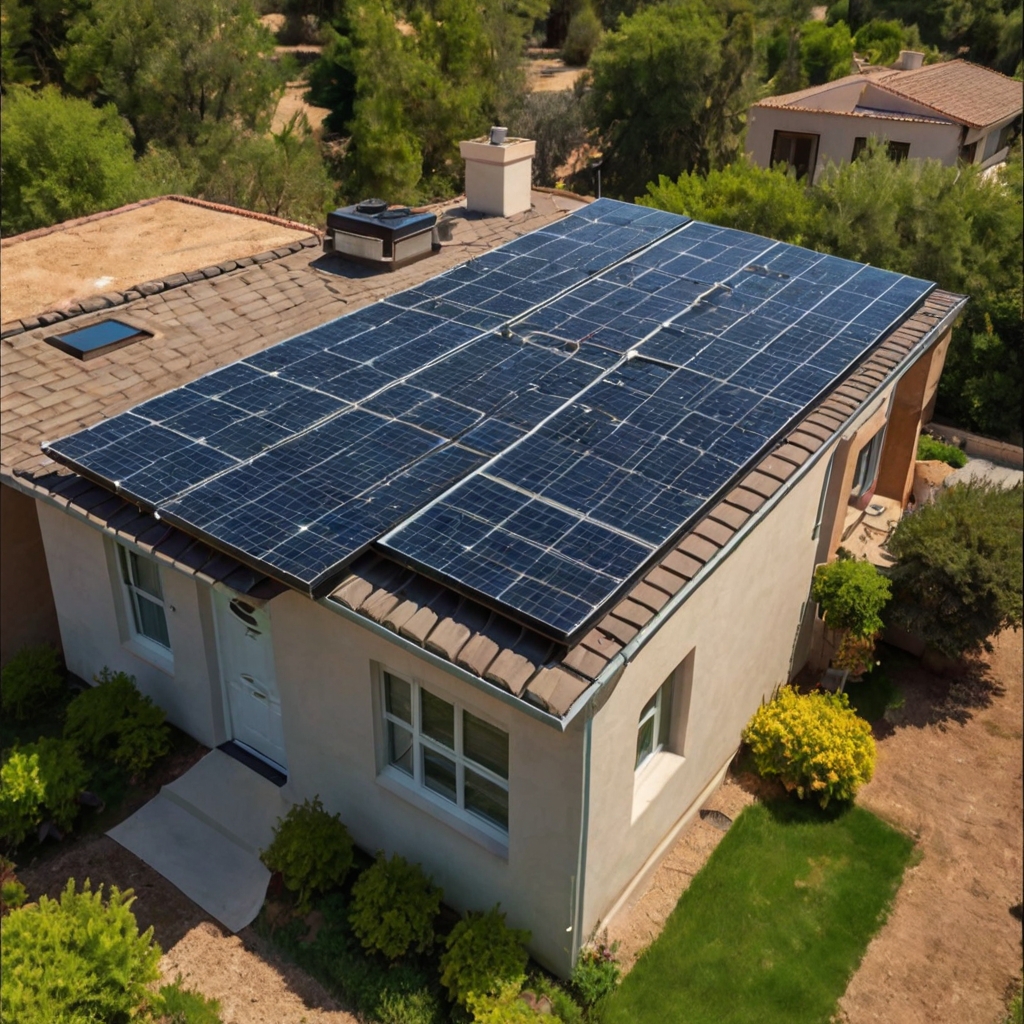In the push toward cleaner, more sustainable energy solutions, solar panels have long been the star of the show. But as technology evolves, so do the ways we can harness the power of the sun. Enter solar paints and solar fabrics—innovative technologies that are poised to revolutionize how we integrate solar power into everyday life.
In the push toward cleaner, more sustainable energy solutions, solar panels have long been the star of the show. But as technology evolves, so do the ways we can harness the power of the sun. Enter solar paints and solar fabrics—innovative technologies that are poised to revolutionize how we integrate solar power into everyday life.

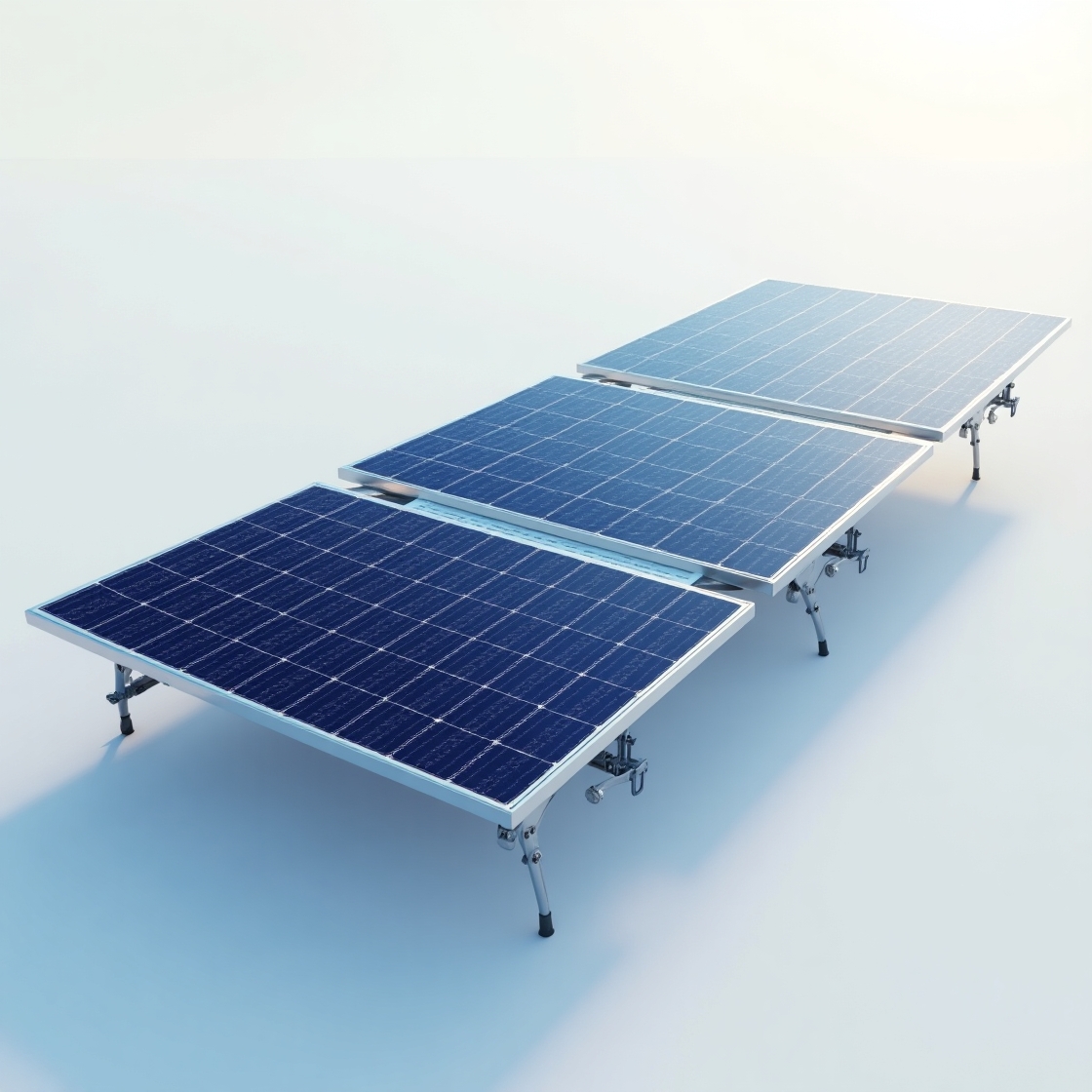
Imagine painting your house and simultaneously turning your walls into energy-harvesting surfaces. That’s the promise of solar paint—a revolutionary material infused with photovoltaic (PV) properties. These paints contain light-absorbing nanoparticles or perovskite materials that can convert sunlight into electricity, just like traditional solar panels.
While still in the research and development phase, solar paint is inching closer to commercial viability, promising an eco-friendly future that literally coats the world in clean energy.
Unlike bulky panels, solar paint blends with building architecture.
Can be applied to almost any surface—roofs, walls, even cars.
Potentially cheaper to produce and install than traditional panels.
Reduces dependency on fossil fuels without altering existing structures drastically.
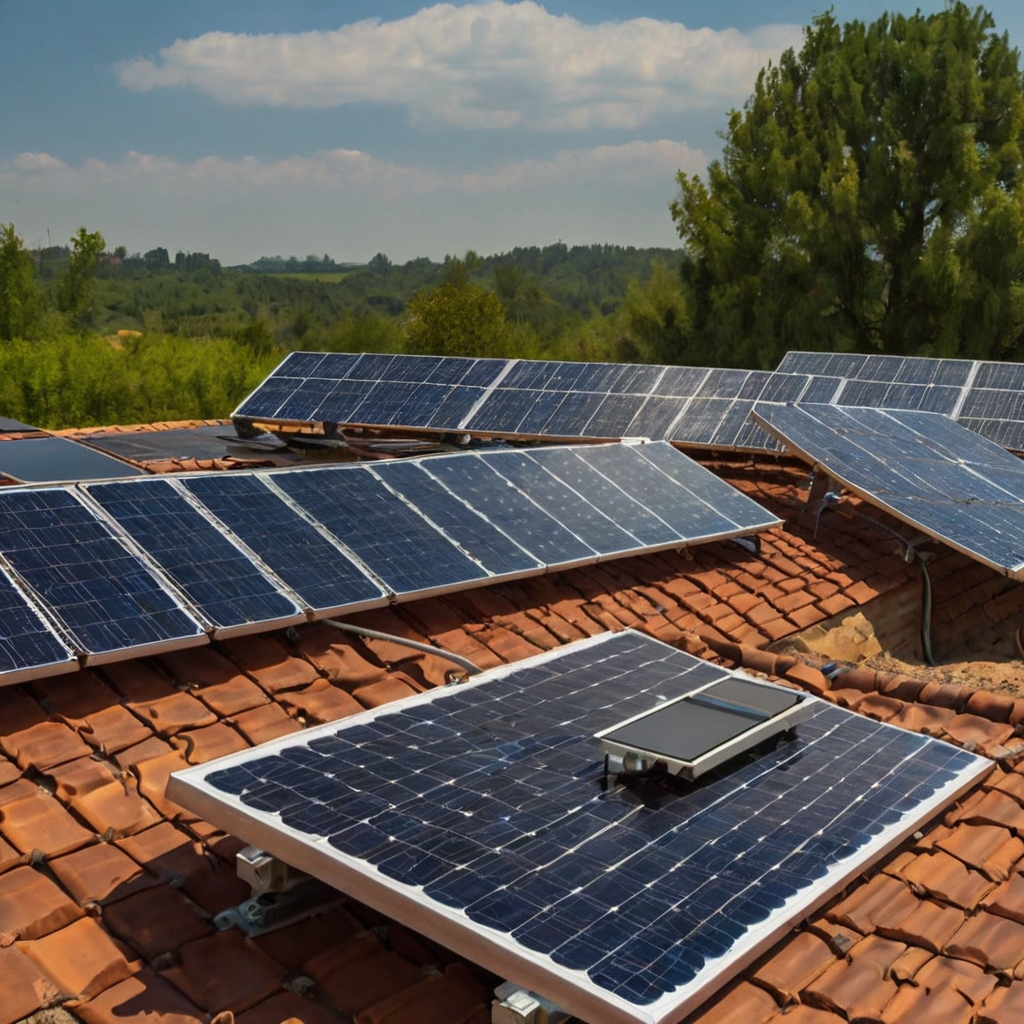
Solar fabrics embed solar-absorbing materials directly into the fibers of textiles. This allows everyday materials—like clothes, tents, curtains, and even backpacks—to generate electricity. These fabrics can power mobile devices, charge batteries, or even light up garments.
Solar fabrics are already making their way into niche markets and specialty clothing. As production scales and efficiency improves, they could become a staple in everything from fashion to infrastructure.

Charge your phone while you walk, bike, or hike.
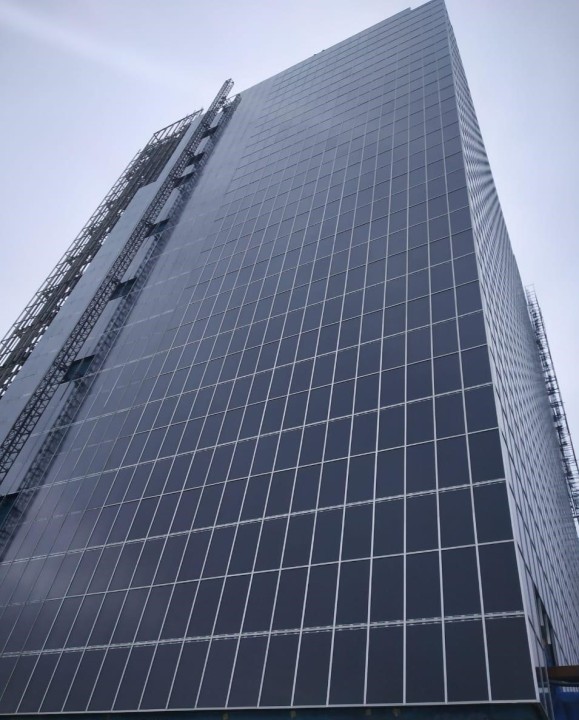
Easily integrates into various wearable and portable designs.
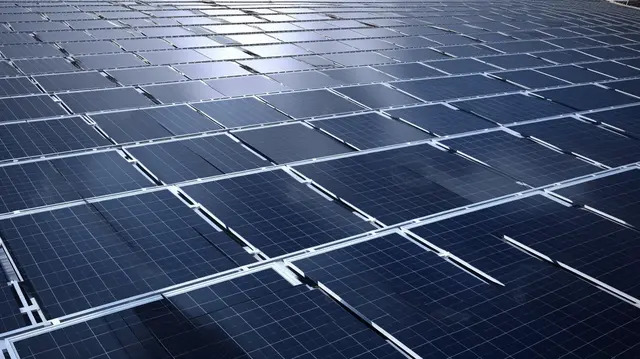
Ideal for military, camping, and emergency situations where power is limited.
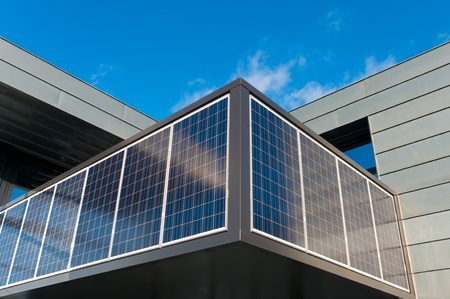
Use solar curtains or upholstery to passively generate energy indoors.
Both solar paints and fabrics face similar challenges: efficiency, durability, and cost of production. They currently don’t match the energy output of conventional solar panels, and their long-term stability under various environmental conditions is still being tested. However, with advancements in nanotechnology, materials science, and green chemistry, these limitations are rapidly being addressed. Governments and private investors alike are funding research that could make these technologies mainstream in the near future.
